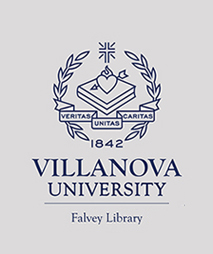The General Law of Being Article 1: Being of Interrelation
##plugins.themes.bihistory.article.main##
Abstract
In December 1998, Dongyue Wang, a polymath with almost no engagement in the academic community, published his work, 物演通论 [A Unified Theory of Evolution], in which he shared his new cosmological system – a model of existence that unifies every being with a simple, universal law. It is profound and a fundamental challenge to existing thought about perceptions of reality in our universe.
Astonishingly, this ingenious, fundamental theory sprouted in China, which has almost no soil of philosophy to nourish it. While the literature of Laozi, Confucius and the Hundred Schools of Thought are recognized as Chinese metaphysics, little philosophy can be found afterwards for over 2000 years – until Wang appeared with his ideas that propose an ultimate principle of all beings, including the very basis of being and how changes of the properties of beings are possible.
##plugins.themes.bighistory.article.details##

This work is licensed under a Creative Commons Attribution 4.0 International License.
Authors who publish with this journal agree to the following terms:- Authors retain copyright and grant the journal right of first publication with the work simultaneously licensed under a Creative Commons Attribution License that allows others to share the work with an acknowledgement of the work's authorship and initial publication in this journal.
- Authors are able to enter into separate, additional contractual arrangements for the non-exclusive distribution of the journal's published version of the work (e.g., post it to an institutional repository or publish it in a book), with an acknowledgement of its initial publication in this journal.
- Authors are permitted and encouraged to post their work online (e.g., in institutional repositories or on their website) prior to and during the submission process, as it can lead to productive exchanges, as well as earlier and greater citation of published work (See The Effect of Open Access).



